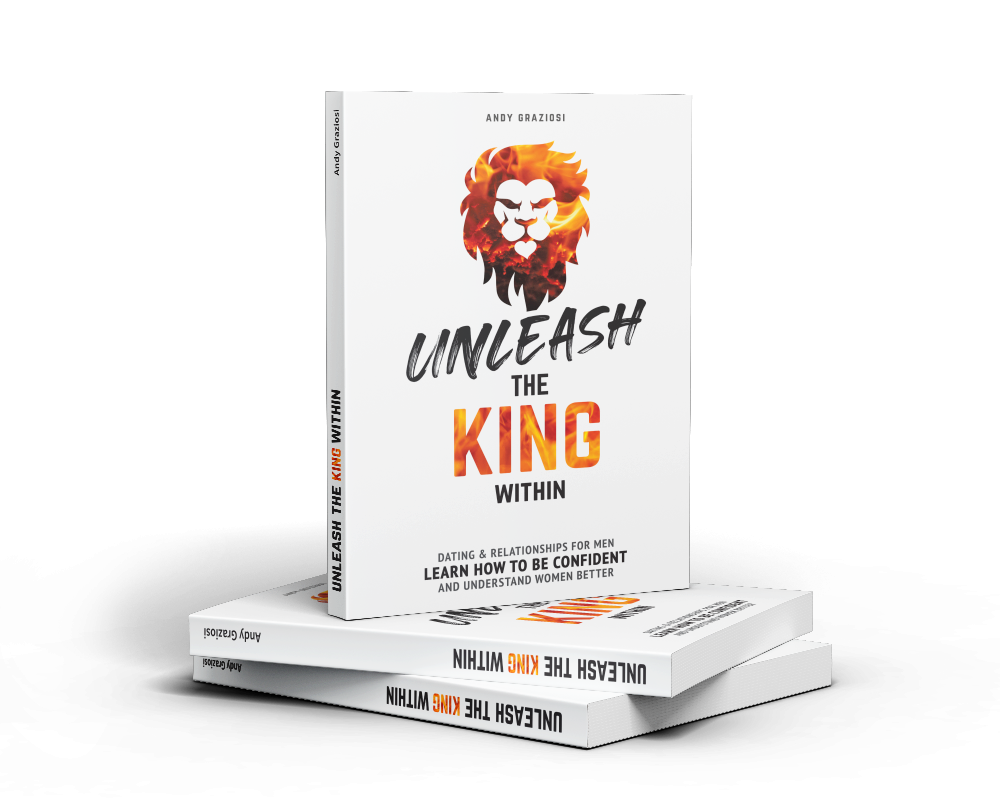Watch the subtitled video above if you prefer to listen to my advice.
No contact works on everyone! This post will break down the breakup psychology of the Fading Affect Bias. Maybe you’ve heard about the phenomenon that we always forget the negative emotions faster than the positive ones. This is the reason why women always come back. This is why women miss you. This is why they reach out to you when you least expect it. And this is also why you shouldn’t be so worried about it. And it also explains a lot of important things about why you as a man need to be focused on your personal growth after a breakup.
The first reason why doing no contact is so important is that you don’t want to expose your ex to more negative emotions, because she would recall these more easily the more often that it happens. The second reason why no contact is always the best strategy after a breakup, or after turning a woman off, is something called The Fading Affect Bias. The Fading effect is the phenomenon that our negative emotions always fade faster than our positive emotions. They lose their emotional affect. Simplified speaking, what this means is that our happy memories keep us happier for long, and our bad memories don’t affect us as much in the future. And I’ll do a McAfee here… May he rest in peace… And argue that your relationship, while not perfect, has more positive memories than bad ones, in general. If not, I’ll eat my own dick! But don’t quote me on that!
So in a nutshell, you have to stop confronting your ex-girlfriend with more negative emotions. That means, stop begging and contacting her, AKA, don’t activate her Availability Heuristic and wait for the Fading Affect Bias to come into effect. Now, I’m sure you’re wondering: How long does it take for your ex to forget the negative memories of you? Studies would suggest that the fading affect bias starts working as fast as 12 hours after a breakup, but a more realistic outcome can be seen in this chart. On the X axis, we have the time it takes for positive and negative emotions to fade. On the y-axis, you can see how strongly positive and negative emotions fade. The higher the bar, the more it shows you that the person is no longer affected by their emotions. So let’s first look at positive emotions.
You can see that after three and a half months, people barely forget positive memories and emotions, whereas after one year, our happy thoughts don’t make us as happy anymore. And if we look at four and a half years, we are even less affected by our positive emotions. Now, I don’t want you to freak out and think that your ex will forget all the good memories about you! Let’s add the negative emotions for context. Already after three and a half months, you can see that negative emotions impact us a lot less than positive ones. But the real big jump happens after one year. Our negative emotions lose a lot of their affect on us! Likewise, the increase is even higher for four and a half years. So what’s the conclusion from this chart? Since the fading affect kicks into gear after just one day, and it clearly shows noticeable changes after just three and a half months, it means that there’s a high likelihood that your ex has already a lot more positive associations with you than negative. But it could, of course, also take longer.
In my opinion, the three and a half months to one year window is the time frame where the fading affect has the highest impact, meaning that’s the time frame when your ex is most likely going to miss the good times she had with you. Now, that said, an ex can miss you at any point in time. Sometimes exes will reach out after literally an entire decade. I had a client like this before. He wanted an ex of his back and we had a session together. I could immediately tell how devastated he was. Then after a session with me, about a month later, another ex reached out to him out of the blue. Clearly, she was curious about him after 10 years. That’s pretty crazy! But there are even more interesting insights you can take away from the fading affect bias when looking at the following chart.
The y-axis here is still the same. The higher the number, or the higher the bars, the more positive and negative memories will lose their affect. But on the x-axis we now have the number of times how often the person talked about their breakup. And you can see that the more often a person talks about a breakup, the lesser the negative memories have any effect. In fact, when a person talks about their breakup at least three times, the negative emotions fade like crazy. But the positive ones don’t even fade. They become slightly stronger, as Illustrated here by the fact that the bar for positive memories even goes into the negative zone. So why is this a great Insight?
Well, first of all, this is a good indicator for yourself on how to overcome your own anxiety. We’re going to talk about this extensively later on, but in a nutshell, talking about your breakup pain greatly helps you heal, which is an incredibly important part of reattracting an ex. This insight aligns with similar data points, for example, this chart shows how our general anxiety relates to the fading of memories. The more anxious you are, the more your positive memories lose their effect. At the same time, if you’re highly anxious, then your negative memories do not lose their affect. So the higher your average dissatisfaction and anxiety in life, the more you will remain focused on the negative effects of your breakup.
Clearly, the best approach to overcome your breakup heartbreak is to focus on your average happiness in life, unrelated to your ex-girlfriend. Most guys only focus on the happiness their ex brings, which is why they struggle so much with post-breakup growth and with the re-attraction of an ex. So it is very beneficial for you to talk about your breakup with friends, a self-help group, a therapist, or me as your coach. But the even greater Insight we can take away from this is that women are extremely likely to have at least three moments where they talk about their relationship. That’s because women are very relationship-driven. They are more focused on their relationships, in general, including platonic relationships. This aligns with studies that suggest that women have more well-rounded coping strategies after a breakup, such as seeking support from friends.
Even though women feel more pain after a breakup, such as severe anxiety, or eating problems, and weight gain, or loss, they are also much better at healing after a breakup. And you might think that’s a bad thing because you are afraid that she’s going to move on, but no, instead, it just means that she’s going to remember the good times of you, rather than the bad ones. It also means that she’s likely going to reach out to you when you are still struggling with your post-breakup identity, which is why most of the rest of the program is focused on forging a strong identity that your ex could fall in love with again.
This was a sample video from my PhoenEx 3-Step Blueprint, the ultimate guide to the no contact rule. Go get the program and re-attract your ex with a proven system based on breakup science.









